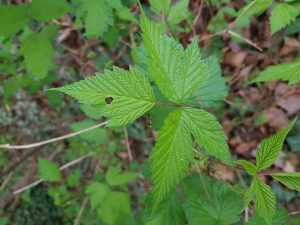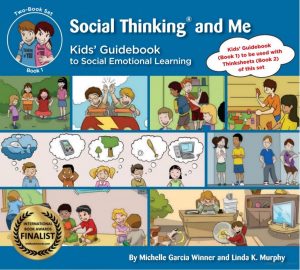Nature Math
Hello Everyone,
I wanted to update you about the math we are doing during our unit the Nature Connection.
First, we are doing math in a series of books dealing with real-life math topics.
- The main required book is Planet Earth Math. For quick finishers, there are also the books on Oceans and Space and the Animal Kingdom, but they are not required.
- All books can be found on EPIC. The main one we will focus on, Planet Earth, I have paper copies of for use in class only.
- EPIC can be accessed from anywhere online during school hours and up to 4PM. After that time, students can still access it if parents sign up for the free extended access at home. The class code to access our EPIC group and the lists of books I have provided was sent home earlier this month.
- The topics deal with standard curriculum in grade 4/5 and are linked to nature themes connected to our unit.
- Ms. D is providing some time in class in between our IP prep times, and during those sessions, students can come for one-on-one lesson or help with questions.
Second, we will be focusing on geometry as we look for patterns in nature.
- We did some measuring and did some practice on metric conversions, with the idea we may need measuring as a tool to talk about patterns in nature. We will also use it as we discuss scale and use this in our ADST project.
- We talked about the different kinds of shapes and the math vocabulary we use to classify them. We discussed regular polygons and platonic solids.
- We talked about the different types of angles, how to use a protractor, the different types of triangles, and the sums of inner angles of regular polygons and platonic solids.
- We discussed Science and Symmetry, watching a video on Ted Ed talking about how symmetry has a scientific purpose.
- Students did a symmetry challenge using the Fold and Cut Theorem. It was harder than it looked!
- We will look at Fibonacci, and do some drawing and investigating of pine cones and outdoor plants to see the sequence in action.
- We will discuss how indigenous thinking about the nature around us and traditional scientific thought can be combined to have deeper understandings of why nature is the way it is.
- If we get time, we will do some work with pentominoes, which allows us to review the math terms of translation, rotation, and reflection in terms of congruent shapes.
- If we get time, we will also do some Area Maze challenges, which are just for fun, and related to geometry concepts.
Third, we will be making our own outdoor education playground model.
- This will be an ADST project. Please stay tuned for a separate post about what to do for this project, which will be due end of June, as report cards do not go out officially until June 29th.


